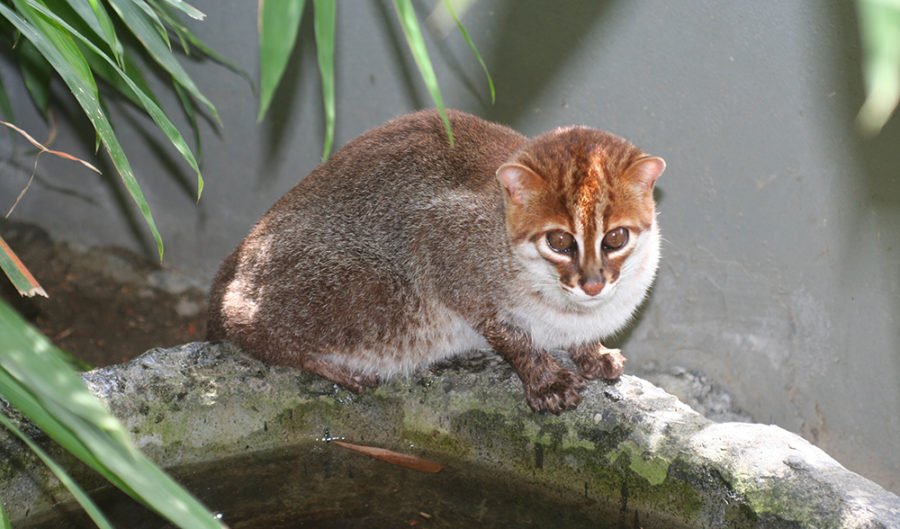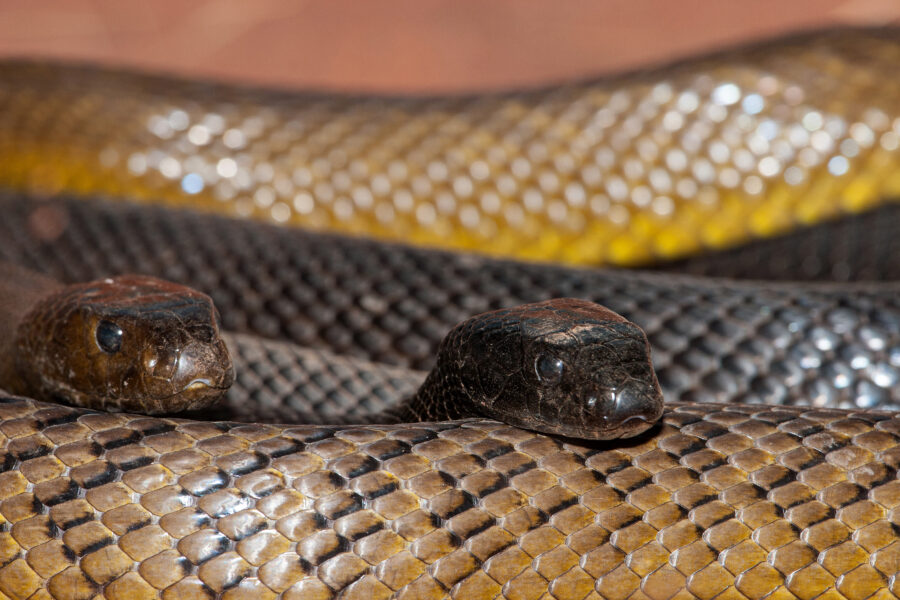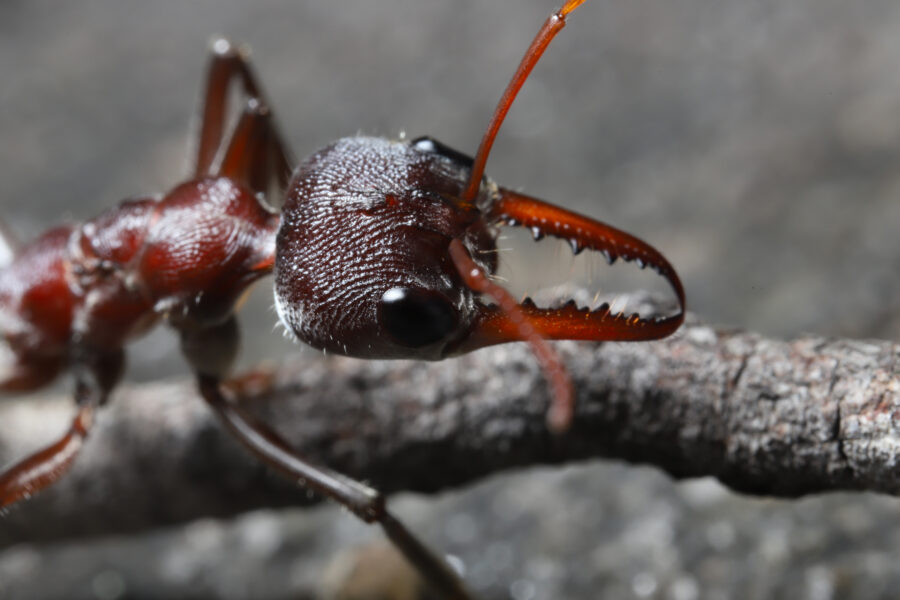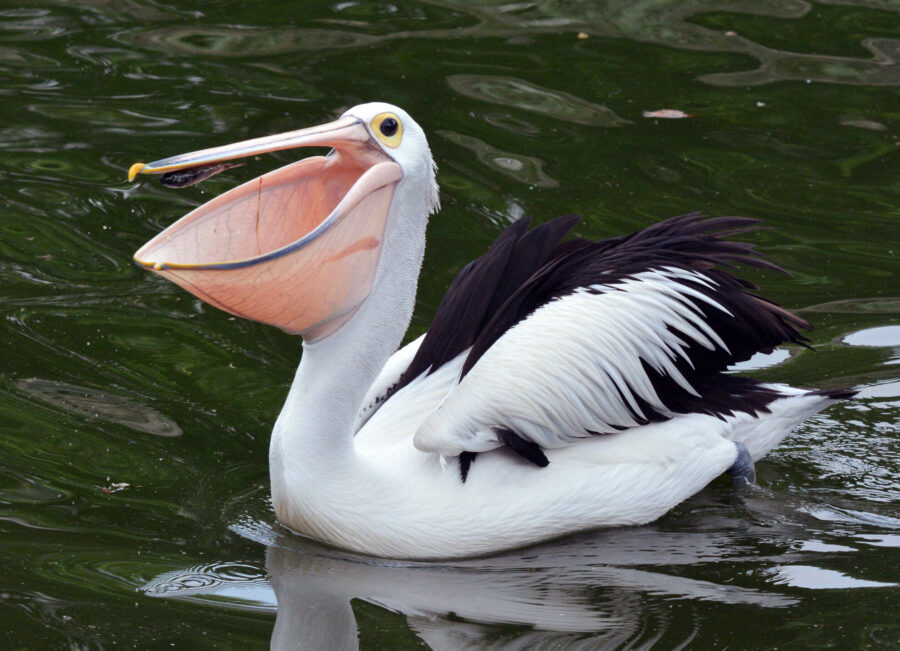Flat-headed cat, the world’s most threatened felines

Bec Crew
Bec Crew

LOOKING LIKE A cross between a cat and some kind of extra-terrestrial, the flat-headed cat (Prionailurus planiceps) is one of the world’s least known and most threatened species of cat.
Found in the tropical rainforests and swamps of southern Thailand, Peninsular Malaysia, Sumatra and Borneo, these golden wildcats are very little, stretching to just 50cm (minus the tail) and weighing on average around 1.59kg as fully grown adults. To put that in perspective, my cat at home is 60cm long and 5kg, so this is all very embarrassing for him.
Like fishing cats (Prionailurus viverrinus) – another small species from southern and Southeast Asia – flat-headed cats are perfectly suited to spending time in the water, with small ears that can be pushed down against their heads, and a long snout and flattened skull that likely creates less drag when they swim.
They have even better webbing between their toes than the fishing cats, which helps them to hunt small prey like fish, frogs, crabs and rats in shallow waters or on the muddy shores. These cats are rarely found less than 3km away from a water source.
A cat that loves water
In captivity, they need to have at least a small basin of water because they like to rinse food and other objects clean just like raccoons do with their little hands.
According to the International Society for Endangered Cats, a wild flat-headed cat kitten was kept in captivity for a month in Kuala Lumpur, and when he was provided with a basin of water, he went straight in played in for hours:
“He played with various objects placed in the water, and seized pieces of fish with his mouth from a depth of 12cm, fully submerging his head. He often washed objects in the water. When his cage was washed with a hose, he would play in the stream of water. He captured live frogs placed in his cage, but completely ignored sparrows.”
The cats are rarely seen in the wild and in 2010 a study led by Andreas Wilting of the Leibniz Institute for Zoo and Wildlife Research in Berlin, Germany turned up fewer than 2500 breeding individuals across their entire range. With deforestation for palm oil plantations, logging operations and human settlements, things are looking grim for this little golden cat with the streamlined head.




